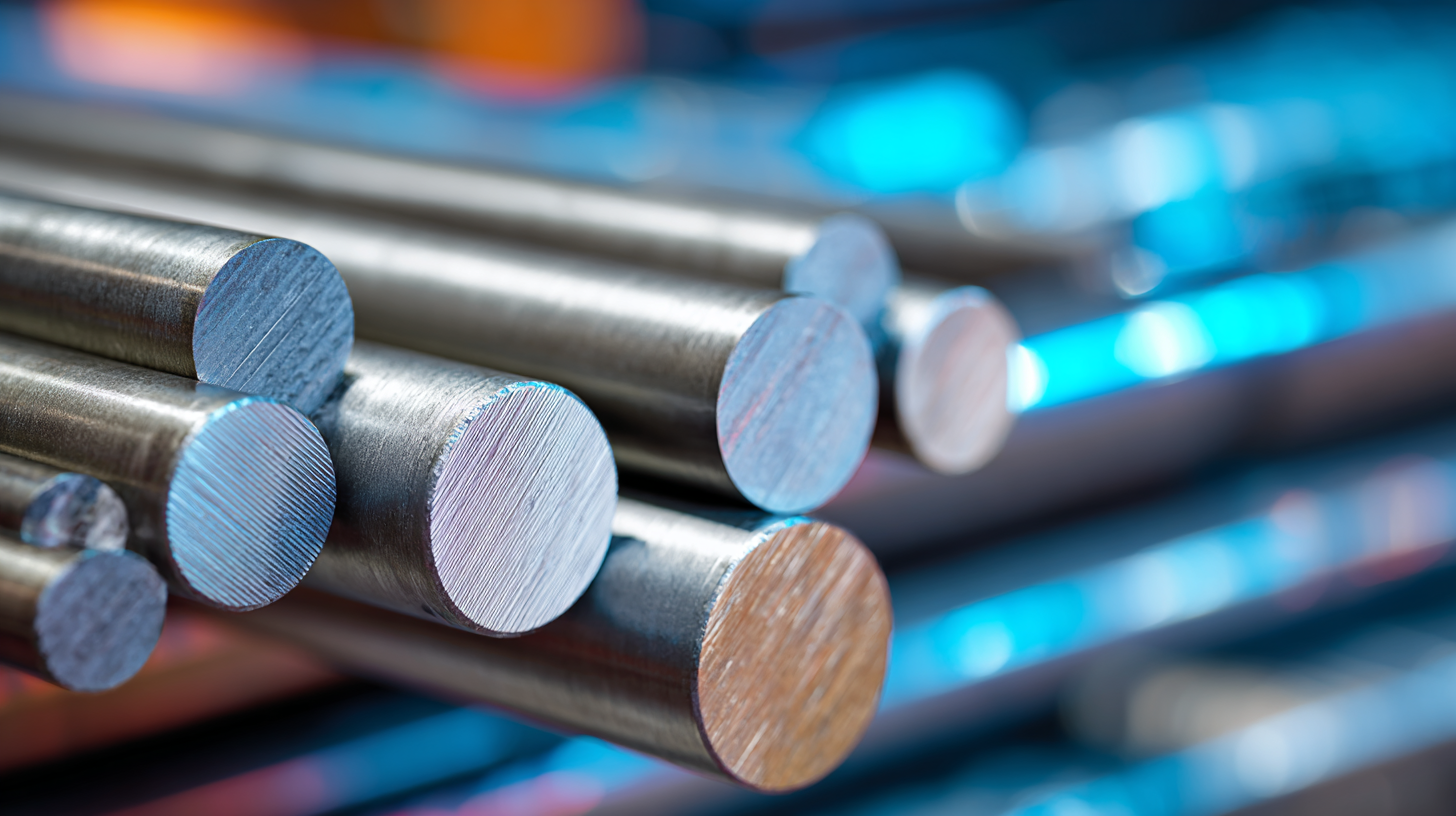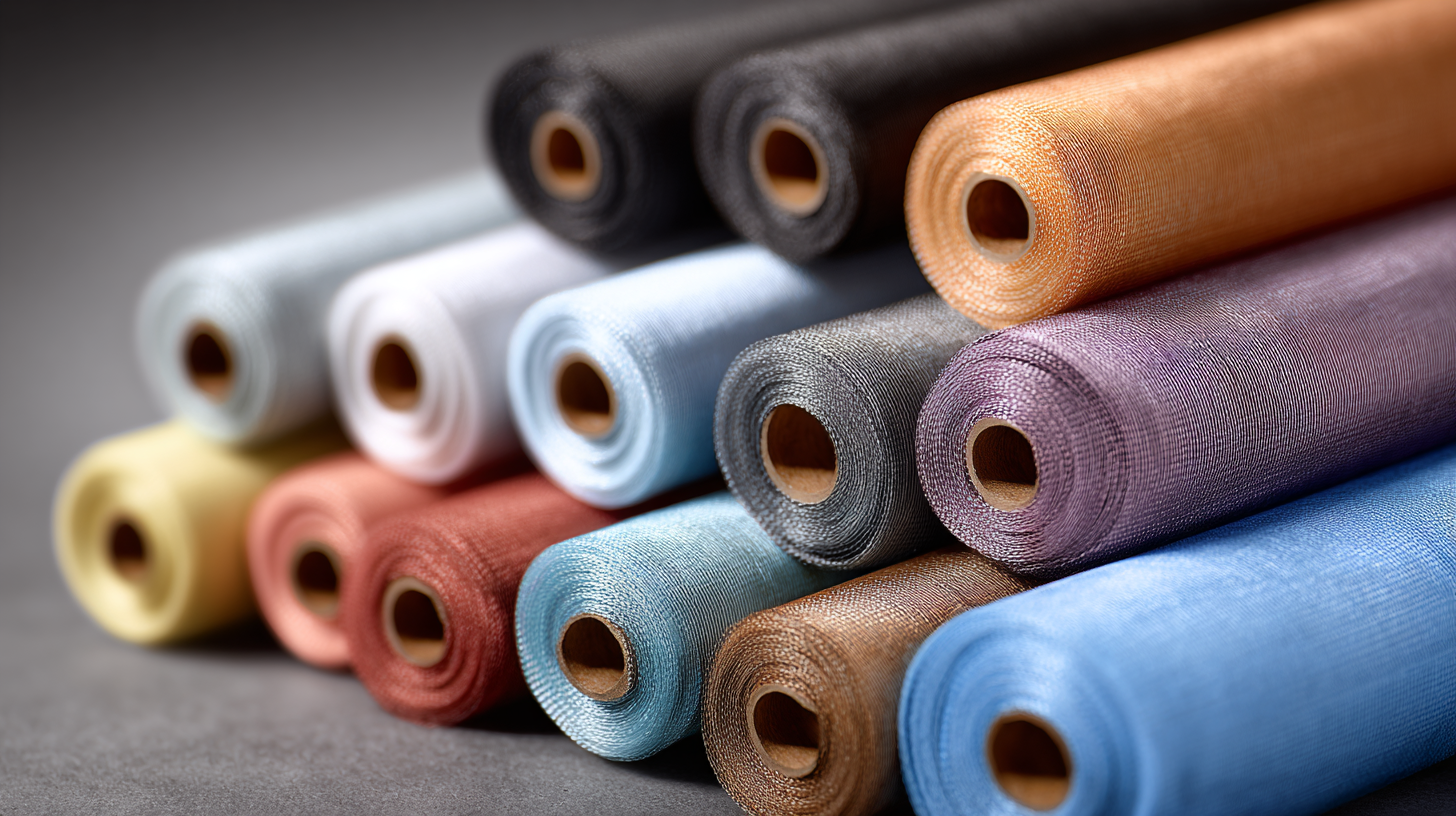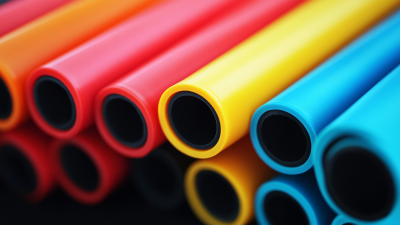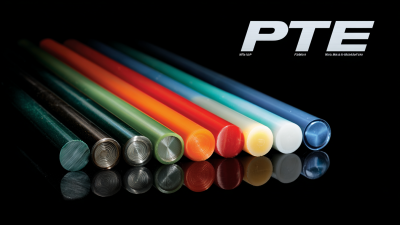- Home
- Products
- Services
- Product concept development
- Engineering
- Design for manufacturability
- Regulatory services
Read more - Material selection and formulation
- Prototyping
- Testing and validation
Read more - Production process development
- Custom tooling
- Manufacturing
- Finishing operations
- Assembly
- Packaging
- Private labeling
- Sterilization
Read more
- Resources
- Careers
- Search
Understanding the Benefits of Ptfe Coated Mandrels in Modern Manufacturing
In modern manufacturing, the use of PTFE coated mandrels has emerged as a game-changing solution, enhancing efficiency and product quality across various sectors. According to a recent report by the Freedonia Group, the demand for advanced coatings in manufacturing is projected to grow by 4.5% annually, with PTFE coatings recognized for their unique properties, including exceptional non-stick characteristics and chemical resistance. This evolution in technology not only optimizes production processes but also significantly reduces maintenance costs, leading to increased profitability for manufacturers. As industries strive to meet higher standards of performance and sustainability, understanding the benefits of PTFE coated mandrels is essential for businesses looking to leverage these advantages in their operations.

Benefits of Using PTFE Coated Mandrels in Precision Manufacturing Processes
PTFE coated mandrels are becoming increasingly popular in precision manufacturing due to their unique properties that enhance production efficiency and quality. The non-stick surface of PTFE (Polytetrafluoroethylene) significantly reduces friction, allowing for smoother processes when shaping or molding materials. This feature is especially advantageous in industries where precision is critical, such as aerospace, automotive, and medical device manufacturing. By minimizing material adhesion and wear, manufacturers can achieve tighter tolerances and better surface finishes, ultimately leading to superior product performance.
Moreover, PTFE's exceptional chemical resistance is a key benefit for modern manufacturing environments. It safeguards the mandrels from corrosive substances commonly encountered in various production processes. This durability not only extends the lifespan of the mandrels but also reduces maintenance costs and downtime associated with equipment replacement. As manufacturers strive for sustainability and efficiency, PTFE coated mandrels provide a reliable solution that aligns with contemporary manufacturing demands, ensuring that high-quality outputs are consistently achieved while optimizing operational costs.
Understanding the Benefits of Ptfe Coated Mandrels in Modern Manufacturing - Benefits of Using PTFE Coated Mandrels in Precision Manufacturing Processes
| Feature | Benefit | Application |
|---|---|---|
| Chemical Resistance | Able to withstand harsh chemicals without degradation | Used in the chemical processing industry |
| Low Friction Surface | Reduces wear on tools and improves efficiency | Used in precision molding applications |
| High Temperature Resistance | Maintains structural integrity under heat | Ideal for manufacturing in high-heat environments |
| Non-stick Properties | Prevents material from adhering, facilitating easy removal | Widely used in food processing and packaging |
| Durability | Longer lifespan compared to non-coated mandrels | Used in repeated production runs |
Comparison of PTFE Coated Mandrels vs. Traditional Mandrel Materials
 In modern manufacturing, especially in the production of complex thin-walled catheters, the choice of mandrel material can significantly impact both precision and design flexibility. PTFE coated mandrels have emerged as a superior option compared to traditional mandrel materials, offering distinct advantages that enhance manufacturing capabilities. One of the key benefits of PTFE coatings is their non-stick properties, which minimize friction and enhance the release of the finished product, ultimately leading to reduced defects and waste during the production process.
In modern manufacturing, especially in the production of complex thin-walled catheters, the choice of mandrel material can significantly impact both precision and design flexibility. PTFE coated mandrels have emerged as a superior option compared to traditional mandrel materials, offering distinct advantages that enhance manufacturing capabilities. One of the key benefits of PTFE coatings is their non-stick properties, which minimize friction and enhance the release of the finished product, ultimately leading to reduced defects and waste during the production process.
Moreover, PTFE coated mandrels enable more intricate catheter designs, such as tapers, by providing a smoother surface that facilitates more precise shaping of the catheter. This adaptability is crucial for meeting the increasingly complex requirements of modern medical devices. In contrast, traditional mandrel materials may exhibit challenges with material adherence and friction, leading to difficulties in achieving the desired specifications and potentially compromising the structural integrity of the final product. By leveraging the benefits of PTFE coated mandrels, manufacturers can drive innovation and improve the overall quality of medical devices, setting new standards in precision and performance.
Step-by-Step Guide to Selecting the Right PTFE Coated Mandrel for Your Needs
When it comes to selecting the right PTFE coated mandrel for your manufacturing needs, it's essential to consider several key factors that will enhance both performance and efficiency. First and foremost, assess the specific requirements of your project, including the type of material you’ll be working with and the temperature range it will encounter. PTFE coatings offer excellent chemical resistance and can withstand high temperatures, making them suitable for a variety of applications.
Tip: Always check the diameter and length specifications of the mandrel to ensure compatibility with your equipment. An ill-fitting mandrel can lead to production inefficiencies or defects in the end product.
Another crucial consideration is the quality of the PTFE coating. Not all coatings are created equal, and higher-quality coatings provide better release properties and durability. Look for manufacturers who adhere to strict quality control measures and offer detailed information about their coating processes.
Tip: Compare various suppliers and don’t hesitate to request samples or product demonstrations. This hands-on approach can help you gauge the effectiveness of the PTFE coating in your specific application.
Understanding the Benefits of PTFE Coated Mandrels
Maintenance Tips for Extending the Lifespan of PTFE Coated Mandrels
PTFE coated mandrels are pivotal in various manufacturing processes, offering enhanced durability and performance. For those utilizing these mandrels, proper maintenance is essential to extend their lifespan and ensure optimal functionality. Regular inspection is crucial; experts recommend checking for any signs of wear or damage, as PTFE coatings can become compromised over time, leading to decreased performance in critical applications.
According to industry studies, proper care can extend the lifespan of these tools significantly, with some reports suggesting that routine maintenance could increase their longevity by up to 30%. This proactive approach mirrors practices in sectors like aviation, where meticulous inspection of flexible hoses is fundamental to operational safety. Just as aircraft mechanics carefully scrutinize hoses, manufacturers must adopt similar standards for PTFE coated mandrels, ensuring they operate effectively and safely.
Additionally, utilizing appropriate cleaning techniques is vital. Non-abrasive cleaners should be employed to avoid damaging the PTFE surface. Keeping the mandrels free from contaminants not only aids in performance but also minimizes the risk of defects in the final product. By adhering to these maintenance tips, manufacturers can capitalize on the full benefits of PTFE coated mandrels, ensuring longer service life and improved productivity in modern manufacturing environments.
Case Studies: Success Stories of PTFE Coated Mandrels in Various Industries
In various industries, the application of PTFE coated mandrels has demonstrated remarkable success, particularly in enhancing manufacturing efficiency and product quality. For instance, in the automotive sector, a leading manufacturer adopted PTFE coated mandrels to streamline their cable assembly process. The low-friction surface reduced drag during the installation of wiring harnesses, allowing for faster assembly times and decreasing the risk of damage to delicate components. This transition not only improved production rates but also ensured a higher standard of quality in their final products.

Similarly, in the aerospace industry, a major player implemented PTFE coated mandrels for the fabrication of composite structures. The non-stick properties of PTFE were pivotal in facilitating the demolding process of complex shapes. As a result, workers experienced fewer delays due to stuck components, and the overall production cycle was shortened. This advancement allowed the company to meet tight deadlines while maintaining stringent safety and quality standards, showcasing the versatility and practicality of PTFE coated mandrels across diverse manufacturing environments.
Related Posts
-

Essential Factors to Consider When Choosing Best Medical Sutures for Surgical Procedures
-

Essential Guide: 10 Key Considerations for Choosing Peelable Heat Shrink Tubing
-

Understanding the Unique Features and Applications of Autoclave Sterilization Solutions in Diverse Industries
-

7 Essential Factors Driving the Growth of Autoclave Sterilization in the Medical Industry
-

Unleashing the Power of Chinese Manufacturing with Best Eto Sterilization Solutions
-

How to Select the Best PTFE Coated Mandrels for Your Manufacturing Needs






